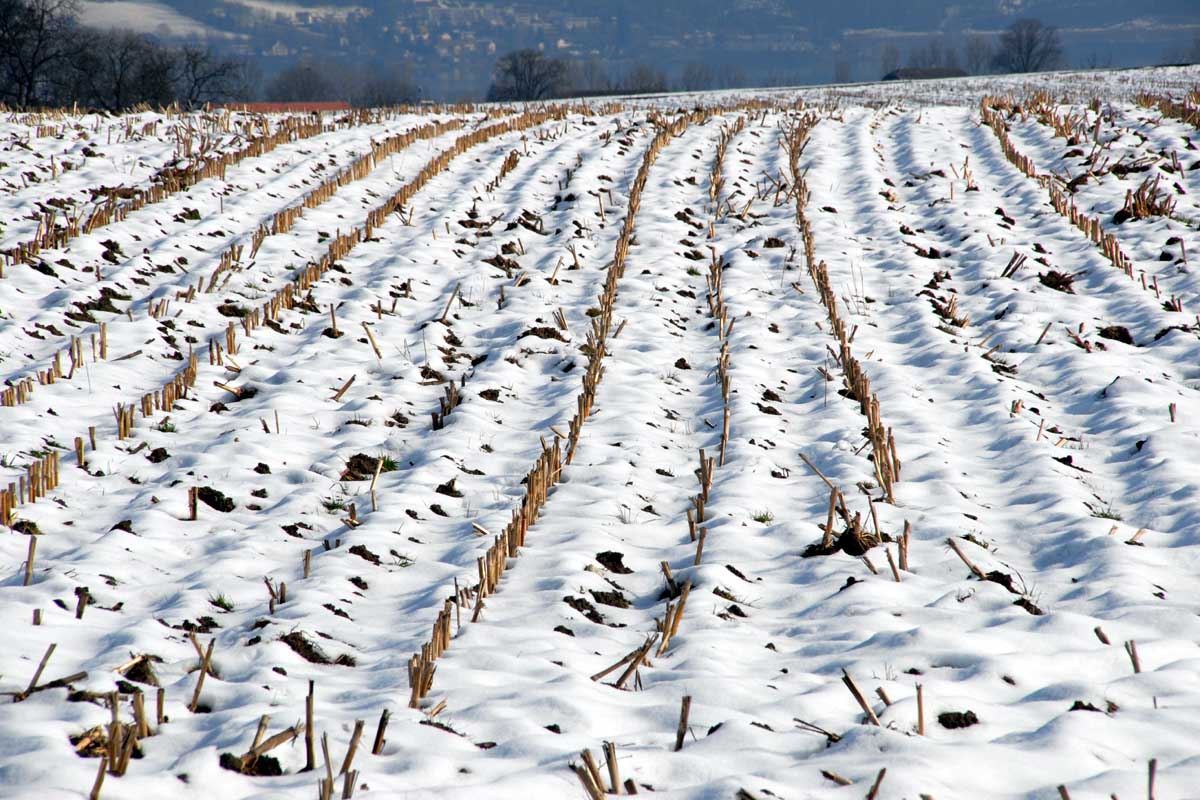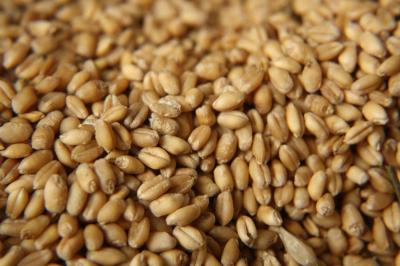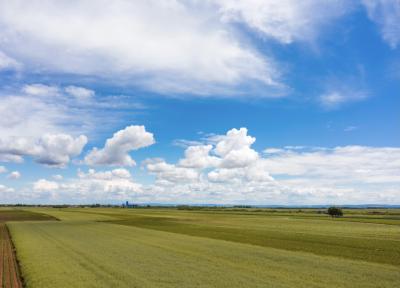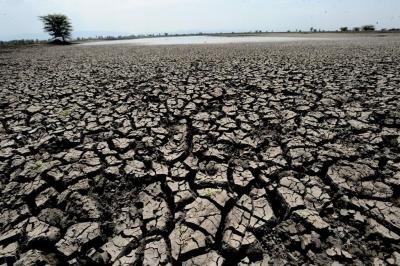
Winter harvest. What is snow retention for?
What can be a deterrent to high yields? Especially in the steppe regions of Kazakhstan? Lack of moisture in sufficient volume. And it is precisely such agro-technical method as snow retention that allows to effectively preserve atmospheric precipitation in the fields that has accumulated during the autumn-winter period. This time is called winter harvest by farmers. From 20 to 35 tons of water can be obtained by melting snow, if its thickness is 1 cm on an area of 1 hectare. This way, the productive moisture in the soil is replenished. It would seem that it is not difficult to keep the snow. But it isn't. After all, each agricultural crop needs a certain level of moisture. It is necessary to constantly control the thickness of snow cover, to protect it from blowing out. This technology, in addition, allows not only to provide moisture to future crop sprouts, but a thick layer of snow still protects the soil from freezing, which is also important for the upcoming sowing season. In spring, the soil thaws earlier, absorbs moisture better and is therefore ready for the sowing campaign earlier. In addition, a large layer of snow protects sowing winter crops and perennial grasses from winter frost. Snow retention also allows better coping with the consequences of poor rainy autumn and low snowy winter. This method is applied not only in the expanses of the former Soviet Union, for example, in Northern Kazakhstan, Volga region, southern regions of Ukraine and Southern Siberia, but also in western countries, including Canada, the USA, as well as in western regions of France and Germany.
What do you need to know when carrying out snow retention activities?
As it has already been mentioned above, for successful snow retention it is necessary to take into account distribution of crops on fields of crop rotation, autumn moistening of soil, and also condition of winter crops sowing. For example, snow on winter wheat crops protects it from winter frost and death, but for spring wheat it is necessary to save snow on the layer of deposits and perennial grasses. It is known that perennial grasses themselves strongly dry the soil, and the drying can be quite deep. That is why snow retention is necessary for its full dampening, so that the roots have access to moisture along the entire length. This technology is able to significantly increase the yield of sunflower, sugar beet and all other agricultural crops with deep penetrating roots in the soil. It should not be forgotten that this technology improves fertilizer efficiency. And snow itself is a good fertilizer. It is known that one kilogram of snow contains more than 7 mg of nitrogen and some phosphorus. Many years of experience have proved that this method, carried out at the right time and in compliance with all technological requirements, can increase the yield of grain up to 2 centners per hectare, and in areas where grapes are grown thanks to snow retention yield was increased by 2-3 times.
What is the best way to keep snow in the fields, protecting it from winds?
There are several ways to do it. There can be special artificial barriers that trap snow, coulisses of sunflower, mustard, maize and other high-stem plants grown on fallow lands, as well as the creation of snow banks and planting wood lines. For greater effect, it is important to correctly place snow barriers on fields and arable lands. And they should be made from beams so that there are gaps, not solid planks. They can be up to two meters long and one meter high. If there are no natural uplands in the field, these snow barriers are installed across the predominant winter winds, and on the slope also across. The distance between these barriers must not exceed 20 times the height of the barrier. This is necessary for the snow to spread evenly across the field. But if the field is very large, then snow retention should be carried out with the help of special technologies and methods. This requires compacted rollers made of snow, which are spread by horse drawn or tractor snow plow. 50 mm thick boards are used to make snow plows, but they can also be made of 5 mm thick sheet iron. At the same time, the length of snowplow sides should be from 250 to 300 cm, and the height - from 70 to 80 cm. And if they are installed on the front receiving part from 250 to 270 cm, then in the rear part - from 70 to 80 cm. And if you replace the wheels on ASTZ-NATI tractor with skids, you can work with 3 or 4 snow plows on a tractor trailer. As for horse drawn snowplow, the length of its sides - 200 cm, height - 50 cm, the distance between the sides at the front - 170 cm, at the rear - 45 cm.













































Обсуждение